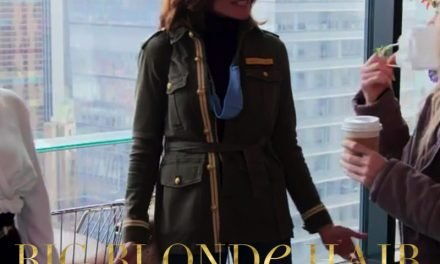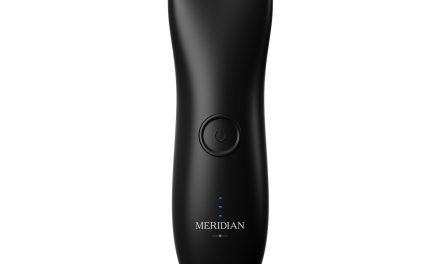
Every Artist struggles with insecurity, and those of us who started making art in our 60s, suffer from it even more.
Inner self-talk often includes thoughts like: Who am I to think I can be an Artist? What if people hate my work? Can I actually make a living doing something I enjoy? Can I hide while making my work visible?
Even before we put pen to paper or dip a paintbrush in a pot of paint, we hesitate because it just might not be good enough.
Good Enough for Who?
Every Artist needs to start somewhere. It’s rare to see an individual who pops out of the womb composing a symphony or dancing across the change table to the opening notes of Swan Lake.
And yet, we expect perfection from our first attempt at Art. Of course, some of us are naturally more gifted with eye-hand co-ordination, drawing perspective or telling a story – but the rest of us can learn.
Mindfulness Makes a Difference
Mindfulness is a growing trend that encourages us to pay attention to our thoughts in present time. What do you say to yourself about your life and work? Is pursuing creativity for its own sake enough?
Do you enjoy expressing your inner thoughts through your creativity? Then, take the next step. 60, 70 and even 80 is as good an age as any.
Find Your Voice
Finding your voice can take a lifetime. Expressing it is your life’s journey. There is no final destination. It’s a way to discover who you are.
Exploring our creativity helps us find a tribe of like-minded folks who appreciate what we’re doing and separates us from others on a different path. They, too, are searching for a place to belong. Are you wanting to write, paint, weave, work with clay – or something else? You can experiment with all of them.
Critical Voices
Critics are nothing to fear. They’re simply disappointed to have not yet found a tribe to belong to. Release attachment to their words and wish them well on their way.
Paying too much attention to the distraction of other voices is how we avoid hearing our own. Do your best to ignore your own Inner Critic and carry on, even if doubt walks along beside you.
Go into the quiet and listen within. Even if all you hear is a whisper or a tiny squeak – know that your creativity is scratching to escape. Let her out and marvel and what she can do.
How to Begin
The first step I suggest when starting on your artistic journey is to use your favourite colours. As a writer, I have pens with hot pink, lime green and teal blue ink. I still write longhand because I love the feel of pen on paper. For a painter, select your favourite pots of paint.
Just for fun, decide to write nonsense or paint with abandon. Keep doing that until your natural voice emerges in a more developed way. Keep in mind, we all have different tastes. One man’s garbage is often an Artist’s treasure. Our local recycling depot is a constant muse for local Artists.
Find a journal that attracts you. Carry it with you to record random thoughts and observations. Poets often capture random snippets of conversation to weave into a future poem. Other artists also do this. You can do it too.
Put on the cape and hat of an Undercover Art Detective – searching for clues to your own creative voice. Carry a magnifying glass, if you like. This can lead to interesting conversations with strangers intrigued with what you’re up to.
Your creative voice is the mystery you want to solve. Follow every clue you meet. Make a game of it.
Search for Clues
Take your magnifying glass on a Senses Walk. Find a place in nature – a city park or wilderness area. Explore the place using each of your five senses. You are creating a personal recipe to help you release your Inner Artist who was in hiding for 50 years.
Sight
Look for something that is visually appealing. Jot down what it is you see or do a rough drawing of it. Record why you’re attracted to it. How does it speak to who you are?
Sound
Add a pinch of sound to the mix. Listen for a sound that appeals to you. Jot down what it is you hear or record a visual representation of the sound and why you’re attracted to it. How does it speak to who you are?
Taste
Babies like to taste everything. As a newbie artist – search for something edible you can lick or take a bite out of, though only choose things you know are not poisonous.
You might choose to chew on a blade of grass or eat a wild blackberry. Jot down what it is you taste or record a visual representation of this taste and how you respond to it. How does it speak to who you are?
Touch
Add a light touch. Feel the bark of a tree, the petals of a flower, roll a smooth pebble through your fingers or dip your toes in a stream. Jot down what it is you touch or record a visual representation of what you felt and how you respond to it. How does it speak to who you are?
Smell
Walk in the woods just after a rainstorm and breathe deeply or smell the salty air by the sea or the perfume of a rose garden. Jot down what it is you smell or record a visual representation of that aroma and how you respond to it. How does it speak to who you are?
Next step is to put all the ingredients together. Create a collage with words and images to remind you of who you were that day and why. Repeat often. You are creating a body of work. Keeping a journal of words and images is how Michelangelo explored his creativity.
On another day, visit a thrift store or garage sale. Find an item that intrigues you. Explore it. Write about it. Sketch it. Paint it. Tell its story. Create 10 versions of it. Then choose your favourite.
Explore it further – 10 more times, if you like. This is how you practice being an Artist. In fact, in the practice, you already are one. Welcome to Art in your 60s.
Let’s Have a Conversation:
What is the most recent artistic project you were involved in? Do you think of yourself as an artist? What’s stopping you from exploring your creativity? Let’s have a chat about it!





